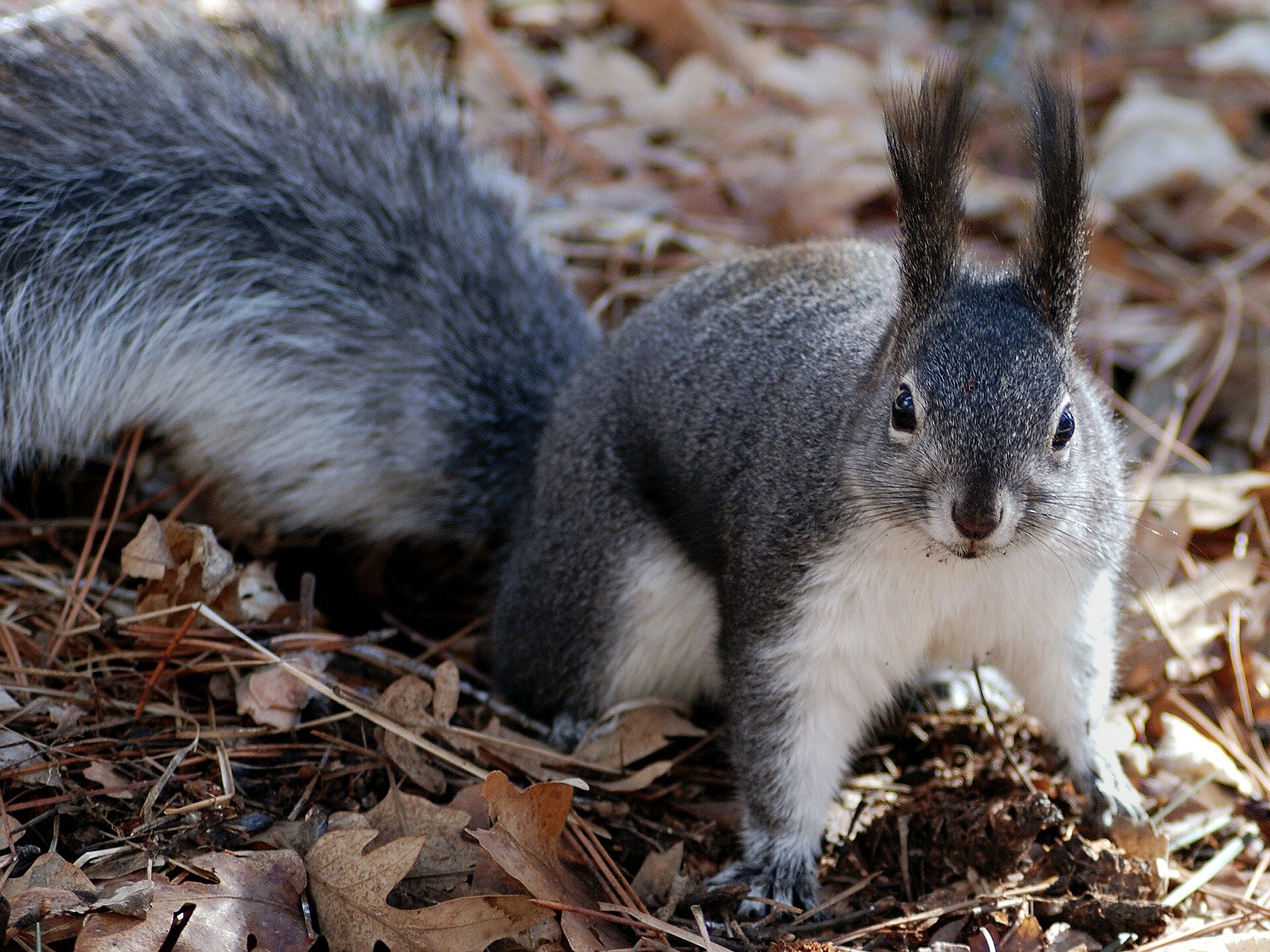
[ad_1]

Credit: Public Domain CC0
Squirrels form a diverse family of rodents. Nearly 300 species have been described and are found in every terrestrial environment on the planet, from tropical forests to hot and cold deserts. But why are there so many species? A study conducted by researchers from the Complutense University of Madrid and the Institute of Geosciences (UCM-CSIC) examined the characteristics of squirrel species that contribute to their evolutionary success in the face of global climate change.
Their degree of ecological specialization – the ability to inhabit many or few environments – is the most important factor for the evolutionary success of squirrels in the face of climate change, according to research conducted by the Complutense University of Madrid (UCM) and the Institute of Geosciences (UCM-CSIC).
“The species that are more limited by climate, that is, those that are present only in a very specific environment, are more likely to become extinct due to the destruction of their habitat,” explained Iris Menéndez, researcher in the Department of Geodynamics, Stratigraphy and Paleontology at the UCM and first author of the article published in Mammalian Review.
But for the same reason, he added, they are more likely to spawn new species: “As their habitat fragments due to climate change, their populations divide and, if they manage to survive long enough, continued isolation encourages speciation “.
However, species that are able to inhabit very different climates are less dependent on their environment and are less affected by climate change. As a result, “these species survive longer and can persist for millions of years without substantial changes,” Menéndez pointed out.
More evolution in mountainous and terrestrial habitats
This study, in which the University of Alcalá de Henares also participated, showed that species present in mountainous areas are also more likely to generate new species. During warm cycles, different populations can isolate themselves in the highlands, eventually becoming distinct species if the situation is sufficiently prolonged.
Other factors also affect squirrels’ response to environmental changes. For example, all squirrels were originally arboreal, but some lineages subsequently adapted to terrestrial habitats, allowing them to occupy new environments.
The Indo-Malay region is the area with the largest number of squirrel species, inhabited by about 117 different species. However, analyzes show that North American ground squirrels have spawned the largest number of species in the shortest period of time. “North America is home to all the squirrels, prairie dogs and marmots, which spread across the continent by occupying its grasslands. The explanation for this is that being terrestrial has allowed them to exploit new resources and adapt to these new situations.” , explained the UCM researcher.
Studying how climate change has influenced the evolution of squirrels sheds light on the possible consequences of today’s climate change. The study revealed that squirrel species more specialized in one type of environment are also more likely to go extinct.
In particular, for this group of small mammals, if climate change is combined with other factors such as deforestation, the consequences could be devastating. “This could herald the loss of much of the diversity of the squirrel family,” concluded the author.
Crossbreeding turned gray squirrels to black: study
Iris Menéndez et al, A multi-layered approach to squirrel diversification, Mammalian Review (2020). DOI: 10.1111 / mom.12215
Provided by the Complutense University of Madrid
Quote: The keys to the squirrel’s evolutionary success in the face of climate change have been identified (2020, November 25) retrieved November 25, 2020 from https://phys.org/news/2020-11-keys-squirrel-evolutionary-success- clima.html
This document is subject to copyright. Aside from any conduct that is correct for private study or research purposes, no part may be reproduced without written permission. The content is provided for informational purposes only.
[ad_2]
Source link